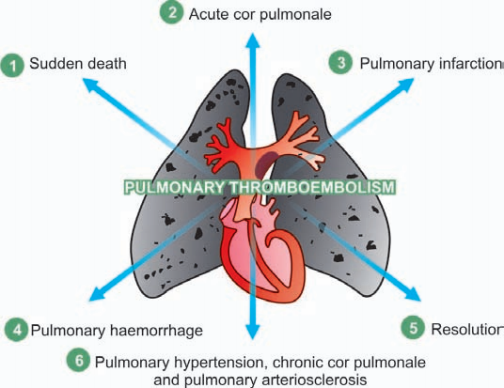
Scabies
Scabies Scabies (Itch mite or Sarcoptes scabiei)Scabies is caused by itch mite or Sarcoptes scabiei.Transmission to man is through transfer of impregnatedfemale mites through— (1) skin-to-skin contact with an infested person, or (2) rarely spread indirectly by sharing their items such as clothing, towels, or bedding. Scabies can spread easily under crowded conditions where close […]

A Human Bite
Human Bites Human bites may take place during fights, domestic abuse,sexual activity or healthcare workers caring for patients.Human-bite wounds become infected less frequently(10–15% of the time) than the bites inflicted by animals Types of human bites: Human bites are categorized intotwo types ●Occlusional injuries, which are inflicted by actual biting ● Clenched-fist injuries: Occurs during […]

MUMPS
MUMPS Mumps virus is the most common cause of parotid glandenlargement in children. In severe cases, it can also causeorchitis and aseptic meningitis. Pathogenesis Transmission is through the respiratory route viadroplets, saliva, and fomites Primary replication occurs in the nasal mucosa orupper respiratory mucosa → infects mononuclear cellsand regional lymph nodes → spills over to […]

Corneal Ulcer ( Keratitis)
Corneal Ulcer (Bacterial Keratitis) Bacterial keratitis is the most common form keratitis(corneal ulcer), although it may also be caused by viruses,parasites and fungi. Etiology: Common bacteria associated with cornealulceration include S. aureus, Pseudomonas, Streptococcuspneumoniae, Enterobacteriaceae and NeisseriaTransmission: Infection spreads to cornea either —(1)endogenously from underlying infection of adjacentstructures—conjunctiva, eyelid or lacrimal gland; or (2)exogenously from […]

Hordeolum
Hordeolum Hordeolum is an acute focal infection of eyelid (lash follicles), usuallycaused by Staphylococcus aureus. Risk factor: It usually occurs among children and youngadults with habitual rubbing of the eyes Two types: It is an acute suppurative inflammation oflash follicles and its associated glands sciencegajab.com

Decubitus Ulcer
Decubitus Ulcer Elderly or chronically ill, bedridden patients are prone todevelop decubitus ulcer (also called as bed sore or pressuresore); the most common site being near the anus or onthe lower extremities. Most frequent organisms infect thedecubitus ulcer are gastrointestinal flora (e.g. Bacteroides fragilis, or nosocomial pathogens (e.g. S. aureus and P.aeruginosa).

Malaria
Malaria Malaria is the most lethal parasitic diseaseof humans, transmitted in 108 countriescontaining 3 billion people.Worldwide, the incidence of malaria isestimated to be 300–500 million clinicalcases with nearly 1 million deaths everyyearThe tropical zone is affected the most. Themost common malaria affected regions areSub-Saharan Africa (accounts for 85% oftotal infection) followed by South East AsiaRegion […]

Embolism
EMBOLISM Definition and TypesEmbolism is the process of partial or complete obstruction ofsome part of the cardiovascular system by any mass carriedin the circulation; the transported intravascular massdetached from its site of origin is called an embolus. Mostusual forms of emboli (90%) are thromboemboli i.e.originating from thrombi or their parts detached from thevessel wall.Emboli may […]


TRANSPORTATION IN PLANTS🪴
TRANSPORT IN PLANT 1. Transport over longer distances proceeds through the vascular system (the xylem and the phloem) and is called TRANSLOCATION. 2. Transport of water and minerals in xylem is essentially UNIDIRECTIONAL, from roots to the stems. Visit us at – sciencegajab.com 3. Organic and mineral nutrients undergo MULTIDIRECTIONAL TRANSPORT. 4. DIFFUSION o It […]